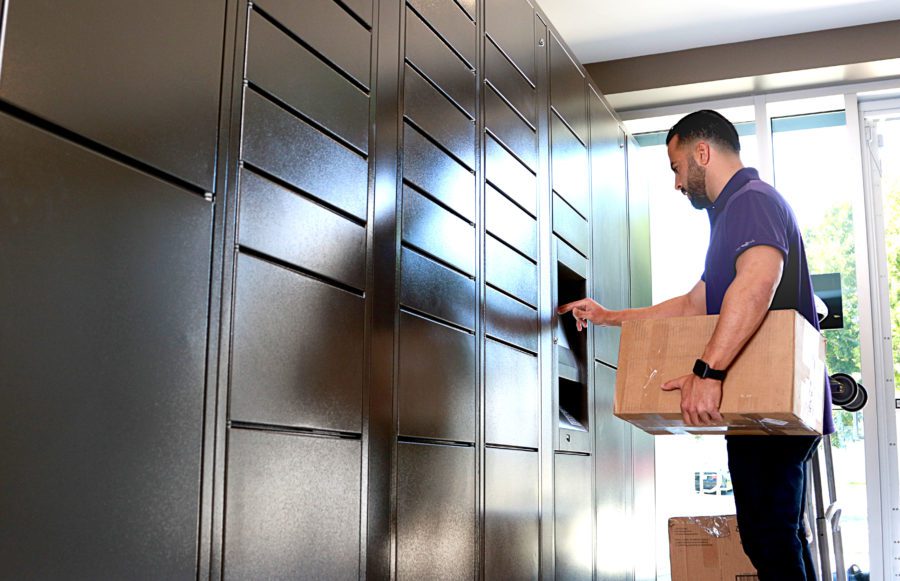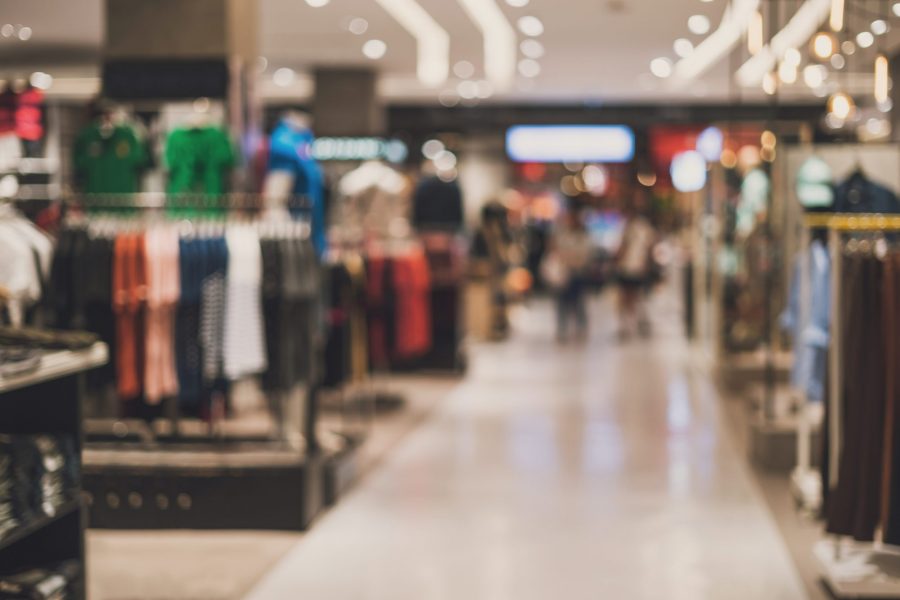
Our Blog
Retail Loss Prevention: 5 Strategies That Can Help
Written by: Parcel Pending
4 Min Read
Published: October 17, 2023
Updated: October 26, 2023
According to the most recent National Retail Security Survey conducted by the National Retail Federation, retail crime has become an almost $100 billion problem.1 As a result, strategies to combat retail theft are a top-of-mind concern for retailers big or small.
Retail Loss: What it is and What to Look for
Retail loss, also referred to as retail shrinkage, is when bad actors or administrative errors rob a retail business of its profits. The higher the shrinkage rate, the harder it is for a retail store to stay in business. Addressing retail loss can not only impact your bottom line, but also improve your employee satisfaction and overall customer service.
Here are a few common causes of retail shrinkage to look for when developing a retail loss prevention strategy for your business:
Shoplifting
Shoplifting is when an external individual (or individuals) steal inventory from a retail store without paying for it. Shoplifters can act alone or as an organized group, making physical retail store locations particularly vulnerable to this type of retail loss.
Employee theft
Employee theft is when an individual (or individuals) associated with the company steal inventory from a retail store without paying for it. When it comes to internal theft, employees can also act alone or as an organized group, though this is less common.
Return Fraud
Return fraud is when someone steals a product and returns it for a refund. Alternately, return fraud can also take place when someone returns merchandise purchased with counterfeit currency or returns items with a counterfeit receipt.
Administrative Error
This type of retail loss is less malicious and more accidental. Administrative error or paperwork errors (also referred to as “paper shrink”) are often unwitting mistakes that lead to lost inventory. Examples include incorrect markdowns, mislabeled merchandise, typos, and more.
Proven Strategies for Retail Loss Prevention
Statistics show that retailers have seen a 26.5% increase in organized retail crime since 2021, while eight in ten retailers have also reported increased violence and aggression linked to thefts in their stores.2 Issues around hiring and employee retention have simply aggravated these problems.
There are many loss prevention strategies that can help retailers limit crime and reduce their financial losses. Solutions like Buy Online, Pick Up in Locker (BOPIL) offer an additional level of security to the online shopping experience.
Here are five retail loss prevention strategies for retailers to keep in mind to help deter criminals and limit the effects of in-store theft on the bottom line.3
#1 Increasing the presence and visibility of retail security staff
A trained and visible on-site security guard acts as an effective deterrent to would-be shoplifters. Working with a trained security guard or loss prevention specialist also helps ensure that staff working the floor or the cash registers can focus on paying customers while loss prevention teams handle the bad guys.
#2 Better merchandise tagging and visible camera systems
Electronic merchandise security tags and camera systems can significantly improve security for a retail store. Under the watchful eye of a loss prevention specialist, electric article surveillance systems make it harder for shoplifters to leave a store without triggering alarms. At the same time, cameras help monitor the shop floor and record illegal behavior when it does occur.
#3 Improving point-of-sale security
In a tight labor market, employers often skip rigorous security and background checks. Guard against internal theft by implementing security protocols at the register. This might include cash drawers that only work when an employee logs in. This also lets employers and loss prevention teams monitor and track employee activity at the point-of-sale (POS).
#4 Better loss prevention training
Incorporate training to identify situations that might lead to loss or theft into the employee onboarding process. For existing employees, make sure to emphasize the importance of loss prevention strategies at all regular group meetings.
#5 Move from BOPIS to BOPIL
The boom in internet shopping has made Buy Online, Pick-up In-Store (BOPIS) a popular choice for shoppers who like the speed and convenience it offers. Unfortunately for retailers, it also creates opportunities for fraudsters targeting busy stores that are often understaffed. Implementing BOPIL via Parcel Pending retail smart lockers automates the handover and returns process and adds an additional level of security, since shoppers must use a 6-digit pin or barcode to access their order. It also frees up employees to spend more time helping in-store customers.
Parcel Pending smart locker technology does more than just reduce retail theft. 20% of shoppers using smart lockers to pick up online purchases go on to make additional in-store purchases.4 Increasing sales and foot traffic in this way makes Parcel Pending by Quadient locker technology a smart addition to any retail loss prevention solution.
To find out more about how our lockers can be a loss prevention solution for your retail business, contact a Parcel Pending representative today.
Sources:
- National Retail Federation. 2022 Retail Security Survey. www.cdn.nrf.com. September 14, 2022. https://cdn.nrf.com/sites/default/files/2022-09/National%20Retail%20Security%20Survey%20Organized%20Retail%20Crime%202022.pdf
- Senate Judiciary Committee. Cleaning Up Online Marketplaces: Protecting Against Stolen, Counterfeit, and Unsafe Goods. www.judiciary.senate.gov. November 2, 2021. https://www.judiciary.senate.gov/imo/media/doc/Dugan%20testimony.pdf
- Indeed Editorial. What is Loss Prevention? Tips and Examples. www.indeed.com. February 16, 2023. https://www.indeed.com/career-advice/career-development/loss-prevention-examples
- Bauer, Fin. Will BOPIS and BORIS Replace Delivery?. www.therobinreport.com. June 20, 2022. https://www.therobinreport.com/will-bopis-and-boris-replace-delivery/



